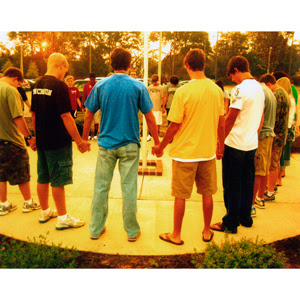1. My reaction to Christian Rhum's photography was mainly surprise. His work was like nothing I've ever seen before. It was quite beautiful and awe-striking, and I really enjoyed looking at his photos. I could not stop looking at the different pictures because they were so amazing and different. The originality and uniqueness was my favorite part.
2. I think he made these works by taking many different pictures of the same thing (at different angles/viewpoints) and combining them all to create these wobbly masterpieces. It would take a long time to make each photo, but the end result was incredible.
3. A good building to use this technique on would be either the Austin Capital, Texas Tower, or the downtown Austin Frost Bank building. These buildings are all pleasing to the eye and well known so many people would recognize them. They are all located in downtown Austin and the Capital and Tower are both relatively near each other. The buildings are easily accessed because they are set on public street downtown, so they would be easy to take photos of.
Part 2:
Part 3:
1. The three most important suggestions to remember while out shooting for photographers:
- Look for the quiet moments as well as the "bigger than life explosion" moments (Painting #4)
- Do not let an awkward angle deter you from your inspiration. Take a shot even if you take to look straight up (Painting #11)
- Never stop looking for the right angle to take a photo (Painting #18)
2.
3.
4. The suggestion was to know how to take a photo of a reflection/take a photo showing perspective. This photo uses both a reflection and perspective in the image, so yes the photographer followed the suggestions given.
5. The style of painting that might influence me is the idea of using different angles to get your picture and not hesitating to either climb on a chair, lay on the floor, or get on your hands and knees.























